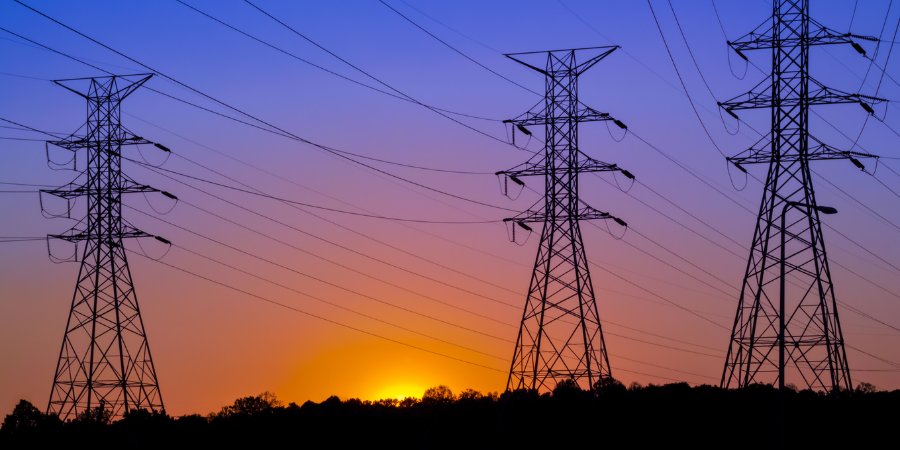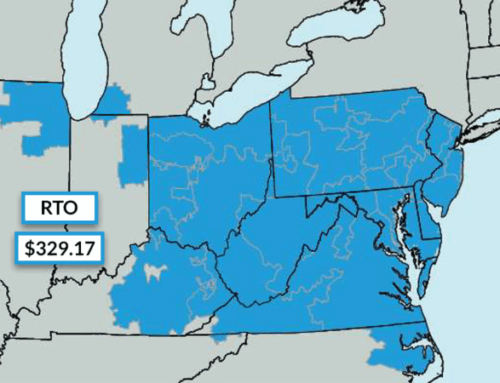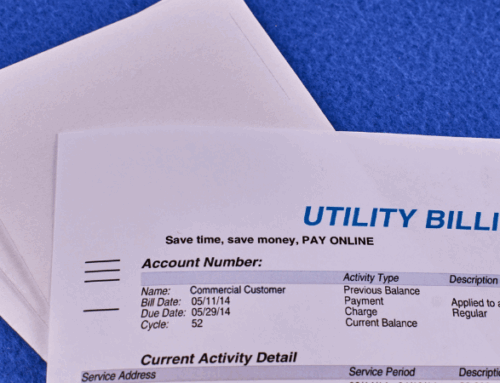Interruptible load programs, also known as ILPs for short, are becoming an increasingly vital component of the modern energy landscape. These programs offer innovative solutions for grid operators to balance energy demand and supply. ILPs are optional programs that allow energy customers to be financially rewarded for implementing energy management strategies or for agreeing to intermittent energy supply during periods of high demand. This article explores the growing importance of ILPs, how they work, and their benefits for a sustainable and resilient energy future.
What Is An Interruptible Load Program And How Does It Work?
In an interruptible load program, utility customers are paid for being willing to shed load during certain demand events. Unlike demand response programs that require customers to reduce energy consumption during these events, ILP customers are paid to be on standby. Let’s explore how these programs work.
Benefits Of Interruptible Load Programs
ILPs offer several key advantages for both energy consumers and the broader electricity market:
- Additional Revenue Opportunities: Consumers participating in ILPs can earn financial incentives by being on standby to reduce their electricity usage during high-demand periods, effectively contributing to grid stability.
- Enhanced Market Competition: By increasing the availability of electric reserve capacity, ILPs promote greater competition in the reserves market and reduce the costs associated with spinning and non-spinning reserves.
- Optimized Generation Efficiency: ILPs allow generation assets that are typically reserved for emergencies to be used more effectively. For example, if there are many customers participating in an ILP, then expensive generating resources such as natural gas peaker plants can be utilized only during critical events. This helps reduce the total cost of wholesale electricity in an electric system.
- System Stability: As demand continues to grow, utilities and system operators alike are continually searching for ways to balance supply and demand. ILP programs mirror wholesale electricity markets such as ancillary services, and help grid operators manage system efficiency.
Features Of Interruptible Load Programs
While ILPs help to balance the electricity grid in the same way as energy efficiency and demand response, they have unique characteristics.
- Eligibility: Only energy customers deemed qualified to reduce their electricity usage are eligible to participate in ILPs. These programs can be executed by a retail electricity supply or a demand aggregator. These programs are typically reserved for customers who can commit to a minimum 100 KW demand reduction.
- Bidding Process: Market participants administering ILP programs submit bids in the reserves market, specifying the readiness of their aggregate customers to be on standby. The bids are placed at different price levels according to the customer group’s total commitment. This process mirrors how power generators offer standby capacity bids into the energy capacity market.
Compensation for Participants: Participants are compensated at the clearing price for their availability to reduce consumption if required. Payments are made whether an event occurs or not, and no additional compensation is provided during an actual load reduction event.
The Challenges Associated With Interruptible Load
Interruptible load programs offer significant advantages but come with their own set of challenges that require careful consideration. From technological requirements to operational constraints, overcoming these barriers is key to maximizing program benefits.
Data and Technology
Successful implementation of ILPs relies on accurate energy usage data and advanced communication systems. Current grid technology includes analog systems such as SCADA and remote terminal units (RTUs). These systems can be costly to integrate with and require sophisticated program administrators. Without a real-time data stream between grid operators and program administrators, it can be challenging to coordinate demand reductions effectively.
Operational Challenges
Businesses may face difficulties in adjusting their operations quickly enough to meet demand reduction requests. Today, many larger energy consumers are looking to battery storage as a backup resource, which can also be deployed to help them participate in these programs. However, designing an effective demand-shaving program requires careful planning and flexibility to avoid significant business disruptions.
Participation Barriers
Some businesses may hesitate to join ILPs due to concerns about potential interruptions to their operations. Furthermore, these businesses might not be equipped with the right technology that allows them to easily reduce demand. For example, dated machinery might not be able to receive shut-down signals from a control switch and might need to be shut down manually. Educating customers on program benefits and designing flexible participation models can help address these concerns.
Interested In Participating In An ILP?
If your business or organization is looking to explore the advantages of ILPs or optimize your energy strategy, Diversegy’s team of experts is here to help. Our team has over 100 years of combined experience helping commercial and industrial customers navigate the complex energy markets, become more energy efficient, and save money. Contact us today to learn more about interruptible load programs and discover tailored energy management solutions that fit your needs.



